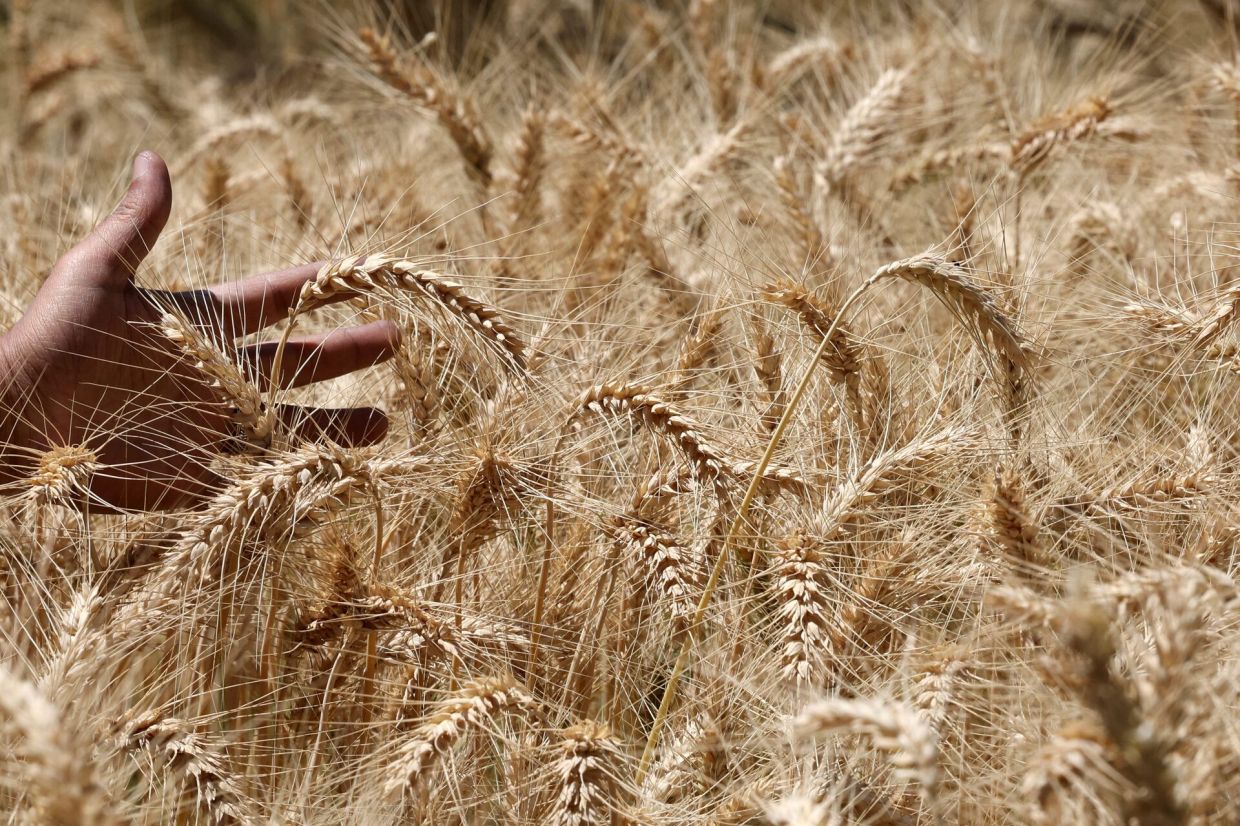
China’s coal-cutting efforts have global repercussions. — Reuters
CHINA’s power firms are on track to cut coal’s share of annual electricity generation to below 60% for the first time in 2024, which would mark a major milestone in the country’s efforts to transition energy production away from fossil fuels.
Reduced coal reliance by the world’s second-largest economy is a rare bright spot this year for climate trackers, who were disappointed by the recent COP29 meetings and are bracing for the United States’ withdrawal from the Paris Accord next year.
And given that China’s absolute levels of coal-fired generation are at record highs and still rising, the decline in coal’s share of China’s power mix might appear insignificant.But as China accounts for roughly 40% of all power emissions from fossil fuels, sustained reductions to coal’s use in Chinese power production are critical if worldwide pollution trends are to be reversed.
That means that China’s coal-cutting efforts have global repercussions, which when paired with its unmatched clean energy clout can accelerate worldwide energy transition momentum even without help from other countries.
Out of the 8,234 terawatt hours (TWh) of total electricity generation in China over the first 10 months of 2024, coal plants produced 4,838 TWh or 58.7%, according to Ember.That absolute coal generation total is a new high, but the share is down from 61.6% over the same months in 2023 and is the lowest this century.
Coal-fired output is likely to pick up as winter sets in and boosts heating demand, but power firms could still limit coal’s share of full-year electricity output to below 60% due to higher wind power output and subdued industrial activity.
A sub-60% coal share in electricity production would push China below India and Indonesia among major coal-dependent power systems, and underscore the progress Beijing has made in diversifying the country’s power system beyond fossil fuels.
Two factors will be key in determining whether coal’s share of total generation will remain below 60%: The extent of wind power generation during the winter months, and the growth pace of the country’s industrial economy.
Wind-powered electricity generation through the opening 10 months of 2024 was 799 TWh, which is a new peak and 13% more than over the same period in 2023 due to higher wind generation capacity.
The annual peak for Chinese wind generation tends to come in November and December, when wind speeds pick up at turbine level across the country’s mammoth wind farms.
Higher late-year generation helps boost wind power’s share of the generation mix, which peaked at around 11% of total electricity production in November and December last year.
This year, the higher capacity footprint has meant that wind farms already generated 11.1% of electricity in October, and could generate more than 12% of the national total in November and December if wind speeds follow seasonal averages.
The scale and direction of Chinese industrial activity in late 2024 will also impact coal consumption by power generators.
So far in 2024, an enduring credit crunch among property developers has stifled the production of construction-related materials such as cement, steel rebar and ceramics.
That in turn has curbed power use by those energy-intensive sectors, and reduced overall energy consumption.
Those lingering struggles have raised expectations that Beijing will dial up stimulus efforts aimed at reviving economic activity, perhaps before the year-end.
However, Beijing is unlikely to target fresh rapid growth in construction activity while there remains a massive overhang of unsold properties and while would-be buyers remain wary of further potential property price falls.
Instead, Beijing is likely to target shoring up consumer confidence by spurring production among industries with large export markets, such as producers of electric vehicles, batteries and electronics.
Those industries are already motivated to lift sales over the near term to capture heightened consumer demand in Europe and North America ahead of Christmas, and before incoming US President Donald Trump raises fresh tariffs on goods imports.
If Beijing does opt to help those industries, that would result in greater overall power use, but by industries that are heavy electricity consumers rather than smokestack plants that require their own sources of industrial power.
That in turn means that power suppliers will likely be able to meet any resulting rise in demand from the expected climb in wind output and from fairly stable coal-fired generation, and may keep coal’s share of the annual power mix to a record low. — Reuters
Gavin Maguire is a columnist for Reuters. The views expressed here are the writer’s own.











































